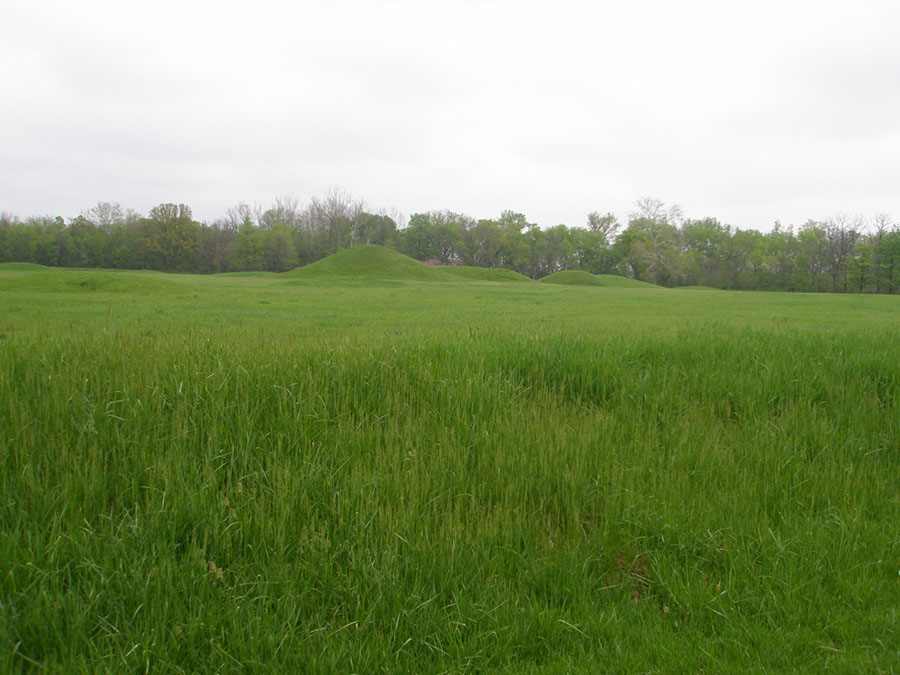
It is unclear what happened to the Hopewell cultural tradition and peoples. By A.D. 400 that Hopewell cultural tradition of building mounds, earthworks, and monumental architecture had ended, and the old ceremonial/burial sites were abandoned. Archaeologists note that trade, art, and ritual traditions also ended or diminished in significance as a new way of life in the region emerged. The new way of living included the introduction of the bow-and-arrow weaponry (over spear and atlatl) and the introduction of corn (maize from Mexico) as a source of food. Small settlements were replace with larger villages. Their populations possibly became more independently self-sustaining and inwardly focused, and less supportive of regional governance and religion.